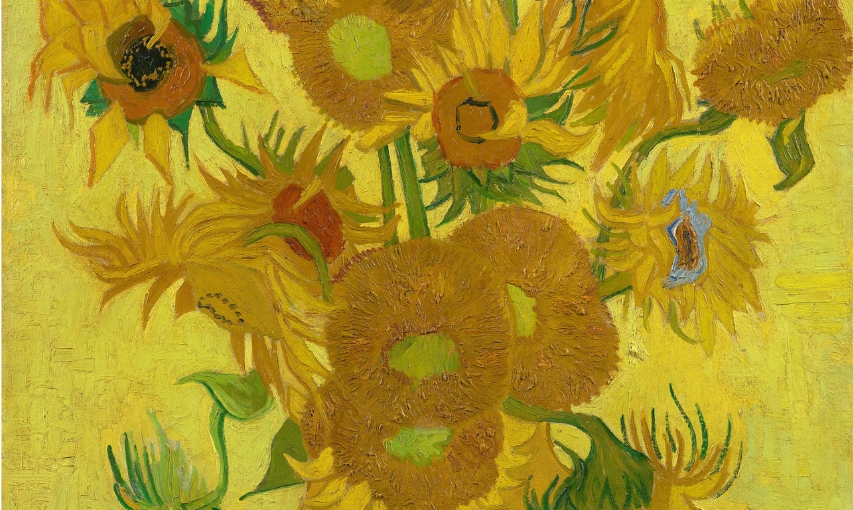
Letters reveal Vincent Van Gogh was recognised during his Lifetime
by Yash Saboo September 5 2018, 2:17 pm Estimated Reading Time: 2 mins, 27 secsVincent Van Gogh gained significant recognition in his lifetime and had his work viewed by the President of France, says new reports. His artistic career was extremely short, lasting only the 10 years from 1880 to 1890. During the first four years of this period, while acquiring technical proficiency, he confined himself almost entirely to drawings and watercolours. First, he went to study drawing at the Brussels Academy; in 1881 he moved to his father’s parsonage at Etten, Netherlands, and began to work from nature.
Born on March 30, 1853, in Groot-Zundert, Netherlands, Van Gogh painted work which was notable for its beauty, emotion and colour. His most famous works include Sunflowers, Starry Night, Irises, Bedroom in Arles and his many self-portraits.\

Sunflowers, August 1889. Van Gogh Museum, Amsterdam (Wikipedia)
The painter is widely regarded as a tragic figure whose masterpieces were never appreciated until after his suicide at the age of 37. But a letter from his brother Theo which has recently been discovered reveals that then-head of state Sadi Carnot was 'rather amazed' by an exhibition he attended in Paris just months before Van Gogh's death.
Ten of Van Gogh's works were apparently on display in a discovery which the researcher hopes will address the 'myth that Van Gogh was ignored', the Daily Telegraph reports. Theo Van Gogh had reportedly visited the Salon des Indépendants exhibition where the French president said the artist's works were 'well placed' on the walls.
Author and curator Martin Bailey, who found the letter, said: 'I have long suspected it was a myth that Van Gogh was ignored. The Salon des Indepéndants exhibition and the visit by the French president suggested that he was beginning to win some acceptance.

Self-Portrait with Grey Felt Hat, Winter 1887–88. Van Gogh Museum, Amsterdam (Wikipedia)
'Once one sees Van Gogh as an artist who was beginning to become appreciated, it is easier to understand why his work had such an influence on the artists to come.'
The works on display included 'Cypresses', 1889 work now held at New York's Metropolitan Museum of Art.
Bailey, who has written several books about Van Gogh and is co-curating a Tate Britain’s exhibition of the artist’s work next year, said: “During the 20th century, as Van Gogh’s fame steadily grew, the legends around him developed.
A report in a Paris newspaper at the time also mentions the French president being impressed with his visit to the exhibition.
After struggling with mental illness and poverty throughout his life Van Gogh died in France on July 29, 1890, from a self-inflicted gunshot wound. He also became well known for allegedly severing his own ear although some historians believe it may have happened during an argument with another artist.
In further correspondence with his brother Theo, he said he 'loved London' after spending three years in England as a young trainee art dealer.




-173X130.jpg)
-173X130.jpg)
-173X130.jpg)
-173X130.jpg)
-173X130.jpg)
-173X130.jpg)
-173X130.jpg)
-173X130.jpg)